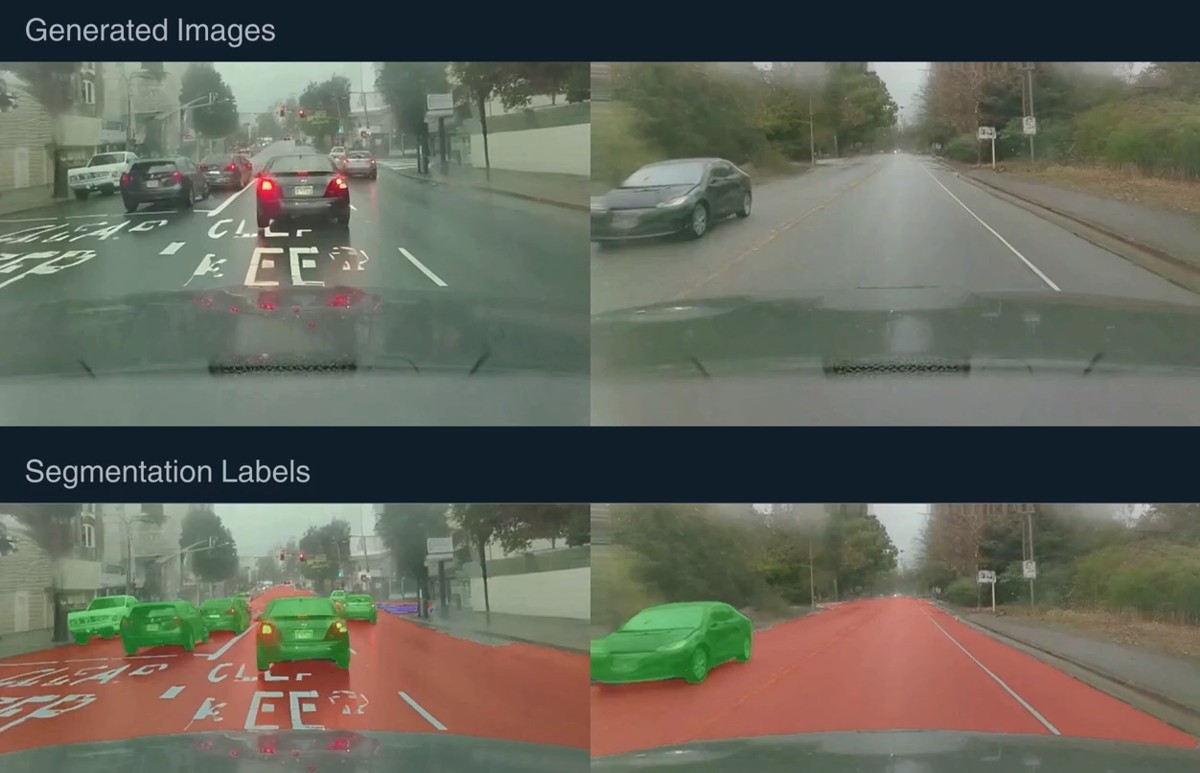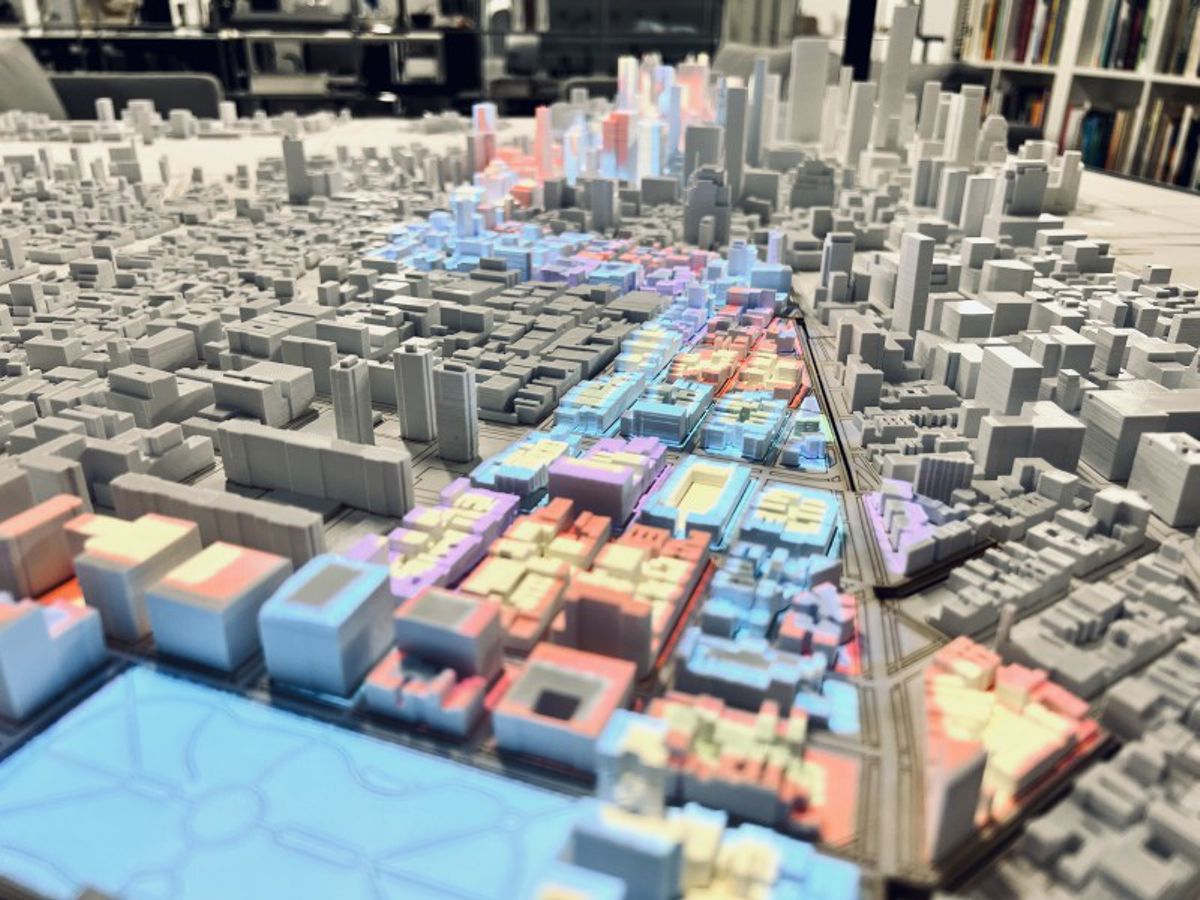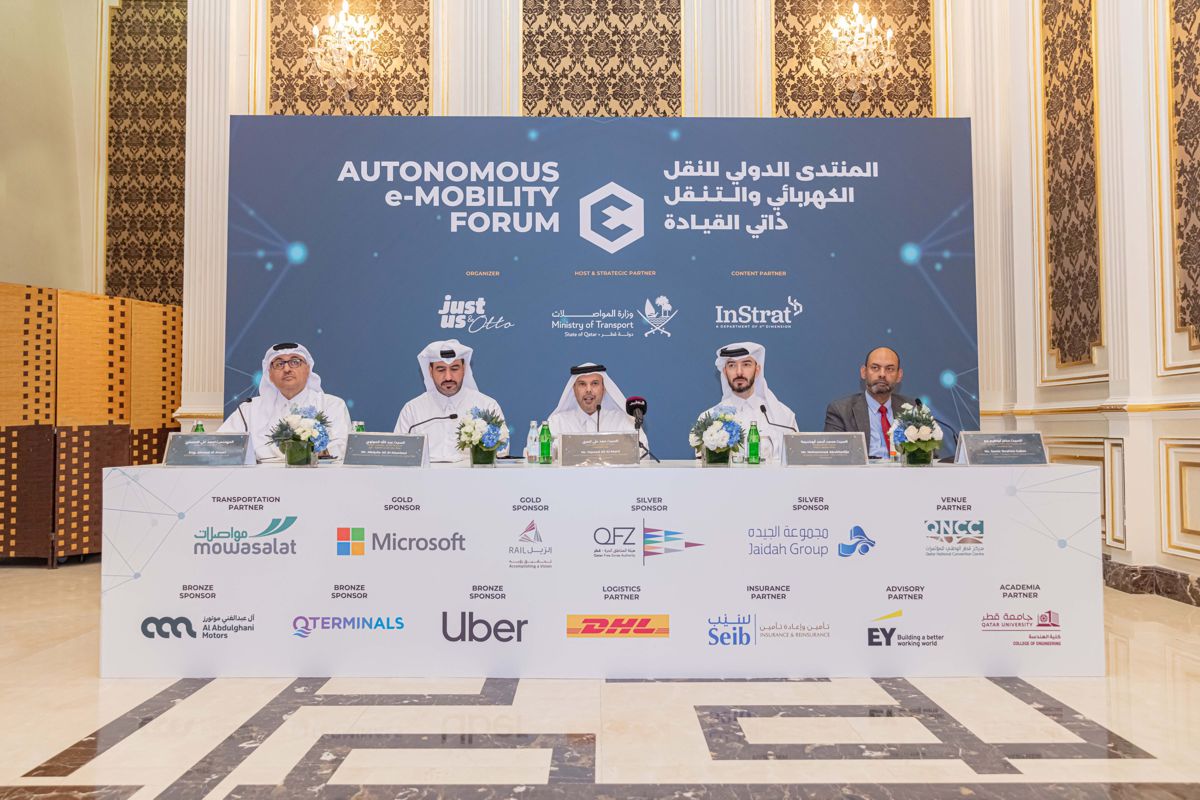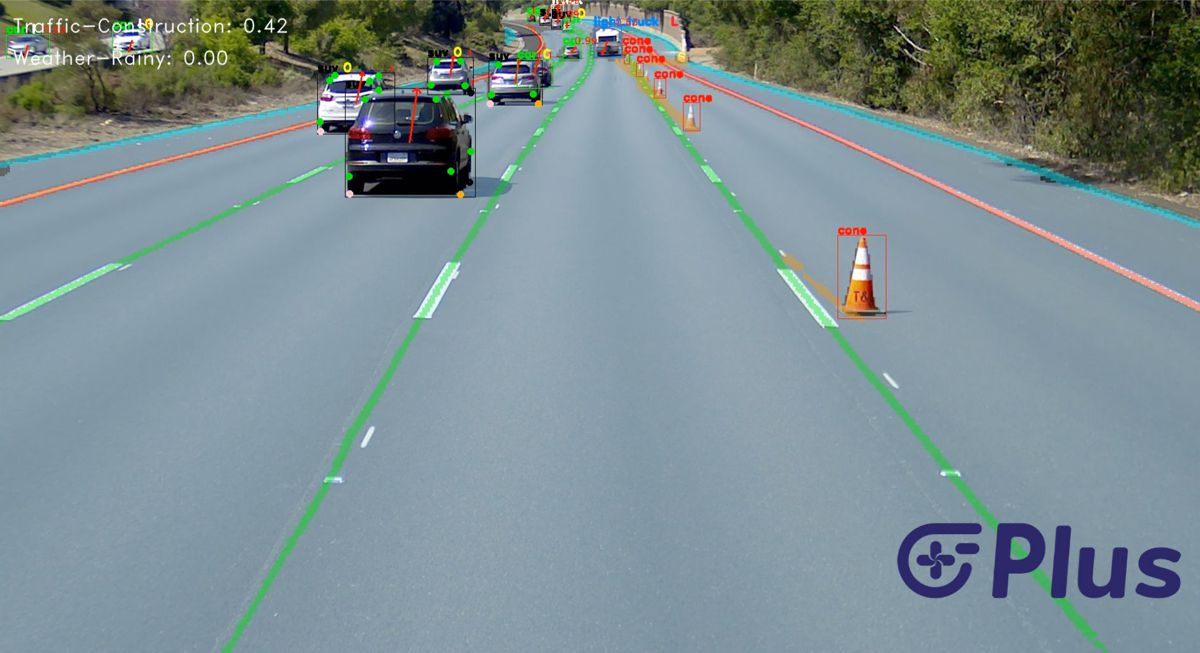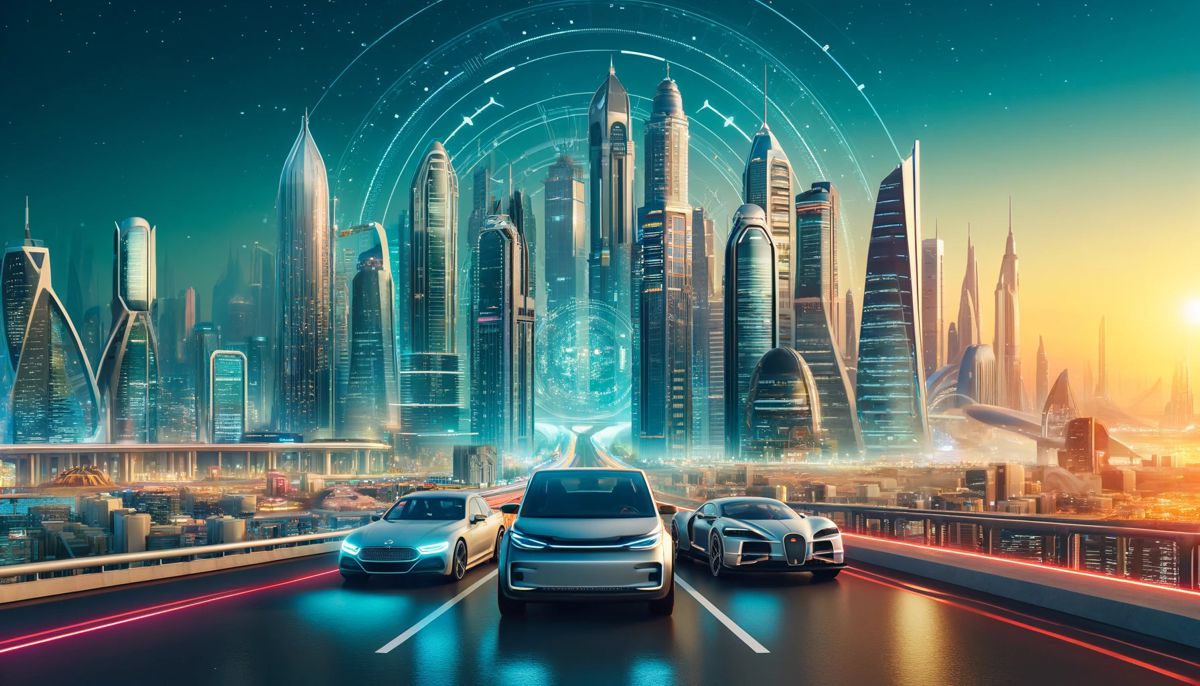5 Tech Innovations Making Cities More Inclusive
As urban populations continue to grow and become more diverse, many governments are starting to understand the need for inclusion in their cities.
At its core, an inclusive city embraces and accommodates the needs of all its residents, regardless of age, ability, socioeconomic status, or cultural background. It’s a place where everyone can fully participate in social, economic, and civic life, without facing barriers or discrimination. There are a lot of components that come into play when building an inclusive city. Among them, however, technology has a huge impact on shaping the future of urban environments.
Technology is a powerful tool that can improve how people live and work in the city. Many smart cities have effectively used it to provide their citizens with 24/7 connectivity, enabling them to stay updated on the latest tech news, access real-time transportation information, and participate in various socio-civic activities with ease. Thus, technology is capable of revolutionising the way cities cater to the needs of traditionally marginalised populations—including PWDs, the elderly, and low-income individuals—and helping them overcome barriers. In this article, we’ll explore a range of innovative tech solutions that are making cities more inclusive and laying the foundation for sustainable development and prosperity in many urban areas around the world.
Smart Mobility Solutions
Smart mobility solutions are designed to make public transportation more convenient, efficient, and inclusive to all commuters. They improve mobility and independence for all city residents. Such technologies are being integrated into public transportation systems to enhance accessibility for individuals with mobility impairments. They can come with innovative features such as real-time tracking, automated announcements, and information on wheelchair-accessible vehicles that enable PWDs to navigate public transit more easily and independently. Also, smart ticketing systems with contactless payment options make it simpler for all passengers to use public transportation, including those with visual or cognitive impairments.
Another tech innovation that’s reshaping public transportation is on-demand transit. By simply using an app on their smartphones, commuters can have a vehicle pick them up from their nearest pickup point and be dropped off at their desired drop-off location. This brings greater mobility to those who may have difficulties taking traditional public transportation options. Additionally, although still in development, self-driving cars have the potential to revolutionise transportation for elderly and disabled individuals who may face challenges with conventional driving or public transit. These vehicles can provide door-to-door transportation services, allowing passengers to travel safely and independently without the need for a driver. Some even come equipped with accessibility features, such as automatic ramps and adjustable seating, further promoting inclusivity in urban mobility.
Digital Healthcare Platforms
Innovative digital healthcare platforms harness technology to break down barriers to healthcare access. They ensure that all residents can receive quality medical services regardless of their physical location or mobility constraints. Telemedicine platforms, for instance, improve healthcare delivery by enabling remote consultations between patients and healthcare providers. This technology is especially beneficial for the elderly, PWDs, and individuals who may encounter difficulties in accessing traditional healthcare facilities due to transportation limitations or mobility impairments. Through secure video conferencing and remote monitoring capabilities, telemedicine allows patients to receive timely medical advice, prescriptions, and follow-up care in the comfort of their homes..
Many digital healthcare platforms also integrate remote monitoring devices that empower healthcare providers to remotely track their patients’ vital signs, medication adherence, and disease progression. These devices are invaluable for elderly patients and individuals with disabilities who require ongoing medical supervision and support. By continuously monitoring patients’ health status and facilitating early intervention when needed, remote monitoring devices help prevent medical emergencies, reduce hospitalisations, and enhance overall health outcomes, thereby improving the quality of life for vulnerable populations.
Language Accessibility Tools
Language accessibility is essential for ensuring that all residents can fully engage with city services and resources. That’s why many inclusive cities have implemented various language accessibility tools that provide equitable access to information and opportunities for diverse linguistic communities and people with limited language proficiency. For example, some cities use multilingual information portals that provide essential services and resources in multiple languages. These portals serve as centralised platforms for accessing information about city programs, events, and initiatives, catering to the linguistic diversity of urban populations. This way, multilingual information portals ensure that all residents can access critical information and engage with city services effectively, regardless of their linguistic background.
Urban Farming
Urban farming initiatives are transforming city landscapes, not only by promoting sustainable food production but also by fostering community engagement, economic empowerment, and social inclusion. These initiatives aim to bring agriculture into urban environments, making fresh, locally grown produce accessible to all residents, including those in underserved communities. Take vertical farming as an example. This method of farming makes efficient use of limited urban space to grow crops indoors. It also uses advanced systems for climate control, lighting, and irrigation, allowing crops to be grown year-round in urban environments. By reducing the need for arable land and minimising transportation distances, vertical farming initiatives bring fresh produce closer to urban populations, including residents of food deserts and low-income neighbourhoods, who may have limited access to healthy food options.
Another solution many urban areas are adopting is aquaponics. This system integrates aquaculture (fish farming) with hydroponics (soil-less plant cultivation) in a symbiotic ecosystem. In this setup, fish waste provides nutrients for plants, and plants purify the water for fish. These closed-loop systems can be implemented in urban settings, such as rooftops or vacant lots, to produce both fish and vegetables sustainably. Aquaponics offers opportunities for urban residents to engage in food production while conserving water and space. Moreover, these systems can be adapted to provide vocational training and employment opportunities for disadvantaged populations, including youth and individuals with disabilities, promoting economic inclusion and skills development.
Financial Inclusion Platforms
Financial inclusion platforms are leveraging technology to address disparities in access to financial services. They provide innovative solutions to improve financial literacy, expand access to banking services, and promote economic opportunities for underserved populations and traditionally marginalised groups. Microfinance initiatives, for example, provide small loans, savings accounts, and financial literacy training to underserved individuals and communities, particularly those excluded from traditional banking services. These initiatives leverage technology to streamline loan disbursements, repayments, and financial education, making it easier for participants to access credit and build assets. By empowering entrepreneurs, small business owners, and individuals with limited resources to access capital and financial services, microfinance initiatives contribute to poverty alleviation, economic empowerment, and social inclusion in urban areas.
As cities continue to evolve and grow, it’s essential to prioritise inclusivity in urban planning and development. By embracing innovative tech solutions and fostering collaboration between government, industry, and communities, cities can build more equitable and resilient urban environments, where everyone has the opportunity to lead a fulfilling and prosperous life.





